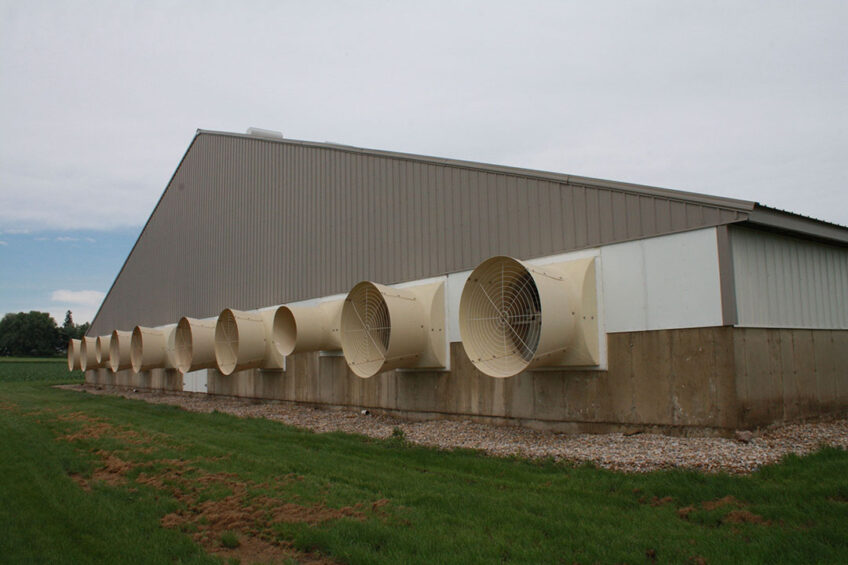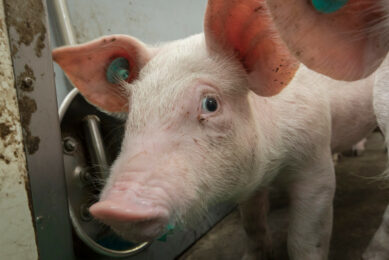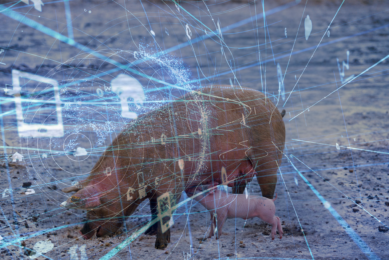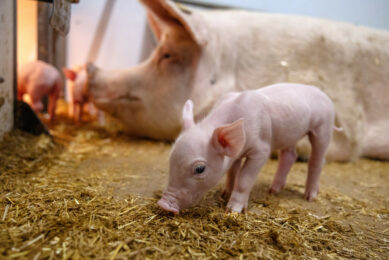1-4-4: A new PRRS threat in the US pig industry

Following the 2020 emergence, a new 1-4-4 strain of PRRS continues to cause issues in the US this year. Sow and piglet mortality has been reported as “extremely high”.
A new 1-4-4 Lineage C strain of Porcine Reproductive and Respiratory Syndrome (PRRS) virus that emerged in early 2020 in the US is entering its 2nd wave of infection for 2021, mostly in southern Minnesota and northern Iowa.
Dr Cesar Corzo, associate professor at the University of Minnesota, explained: “It was first detected in early 2020, and then went undetected for 5 or 6 months, detected again in summer 2020, and then there was another lull until we saw a large outbreak in October-January of 2020-2021.”
He continued to say: “We had again more cases in April and May, which we are referring to the ‘2nd wave.’ From our data, we have roughly 170 sites right now with the new 1-4-4 strain but we know there are more, so this is underestimated. Positive sites include different farm types: breeding, nursery, wean-to-finish, finishing, vaccinated, unvaccinated, non-filtered and filtered.”
New strain of PRRS emerges
Dr Corzo noted that roughly every 3 to 5 years, a new strain of the PRRS virus emerges in the US. “The current strain has been very aggressive, causing important losses,” he said. “We do not have the data to say that it is worse when compared to other strains but clinically it does seem like it is worse.”
There were reports of this 1-4-4 strain type causing anywhere from 20 to 35% of the growing pigs dying off and very rapidly. Sow and piglet mortality has also been reported as “extremely high.”
Containing the PRRS spread
There is a multi-state US programme in place known as the Morrison Swine Health Monitoring Project, run through the University of Minnesota and led by Dr Corzo to watch levels of the PRRS virus and Porcine Epidemic Diarrhoea virus. Half of the nation’s breeding herd is monitored through the programme, said Dr Corzo, and some mapping has also been done and shared with the industry.
Improving the understanding of the new PRRS strain
In terms of the spread of this new 1-4-4 PRRS strain, Dr Corzo reported that a good understanding of this has yet to be achieved. “Maybe the new strain is better equipped, making us think of potential new transmission routes,” he said. “Everyone continues to step up biosecurity and hopefully it will be contained; however, PRRS continues to teach us every year that is an efficient moving virus.”
Dr Neil DeBuse with the Minnesota Swine Reproduction Center stated in early June that the monitoring programme would be improved if Wisconsin participated in the programme, even though that state regulates animal movement whilst others do not.
Dr DeBuse stated that he would also like to see more pig show exhibitors get involved in the programme because they can do a lot of travelling between states.

Read also: New insights to control PRRS virus
PRRS vaccination important
Dr Corzo noted that there’s quite a lot of PRRS vaccine being used in Minnesota, Iowa and other states. “Producers and veterinarians have been really diligent about developing immunity,” he noted. “The vaccine does not provide full immunity but helps reduce shedding, which is very important to contain spread.”












